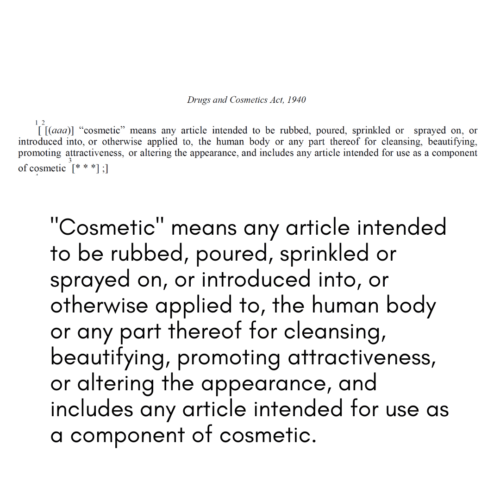Personally, this issue is like the elephant in the room.
I want to be the go-to person for women of colour, but I refuse for excellent reasons (see later) to review the bulk of Indian skincare products.
However, I am not biased because I will review anything Kama Ayurveda or Forest Essentials sells: I have used enough products from across the globe, from Japan to California, to know that these luxury Indian brands make skincare that is second to none.
The lack of Indian products on my blog is on my mind for two reasons: positive regulatory changes and, secondly, my interviews with Indian expatriates.
Indian expatriates grew up in India and, even though they currently live outside this country, call India home.
India is in their blood, and despite their unwavering patriotism and love of their country, they do not buy Made in India products because they are concerned about quality control. “Milawat” is a Hindi word meaning “adulteration” and its used once too often in my conversations with these women.
This attitude is not limited to cosmetics.
Honestly, when I buy Kama Ayurveda or Forest Essentials products, I am not concerned about quality control, but I am when I see the labelling on other products. And unfortunately, I understand these individuals concerns. There are loopholes in the framework of Indian regulations that manufacturers take advantage of, and that’s today’s subject.
Before that…what are the positive changes?
India bans cosmetic testing on animals for locally manufactured cosmetics, and it is no longer permitted to import such products.
Woohoo!
Second, India has introduced more detailed labelling requirements for cosmetics. For more details on labelling requirements of cosmetics, click here
What loophole are Indian manufacturers utilising?
Here is an example of a C-Glow Face Wash that I bought in India recently.

Is this a cosmetic?

This product is a face wash, and while it is technically a cosmetic (as per the definition above), its regulated as an Ayurvedic product, and I know this because the base of the product indicates that it is an Ayurvedic Proprietary Medicine.
My understanding is that Ayurvedic products by law are required to list all their ingredients as follows:
- By their botanical name
- The percentage of ingredients is disclosed. For example, like this:

Naturally, this product does not does this.
What is the label disclosing?
This product fits into the definition of a “cosmetic” (as well)…
The labelling requirement is…

… but the disclosure on the ingredient label is pitiful (and I am kind and generous).
Some of the immediate flaws are:
- Are all the ingredients above 1% listed in descending order of quantity?
- What type of Vitamin C does this product contain?
- Is this sandalwood paste, oil or extract, or water?
- What is included in the “essential oils blend.” If I am looking for allergen information, this is an inadequate description.
Closing
I want to promote Indian products amongst my readers beyond Kama Ayurveda and Forest Essentials because I am proudly Indian.
However, I will only review more products when manufacturers are honest and transparent in their labelling, rather than trying to navigate loopholes in the legislation.
Transparency, transparency, and if you didn’t get it the first time, transparency.
